Q. Tony, Can you give us some backstory of your life and career up to today?
I grew up with a twin brother, Tom Bancroft. Tom and I always loved to draw at an early age and we were competitive with it. As most brothers are competitive with sports and always trying to out-do each other, that’s how Tom and I were with drawing. I think it was one of the reasons we were good draftsman at an early age. We sharpened each other. Tom and I used to copy the comics we collected. My biggest influence was Charles Schultz’s Peanuts comic strip and Tom and I used to draw comic strips together for our high school newspaper. I think we thought it would get us girl’s attention‚ it never did! It wasn’t until we started to go to a city college in Orange County that we “discovered” animation. I always liked animation and grew up seeing Disney movies but I always thought you had to be some kind of rocket scientist to figure out how to make your drawings come to life like the wizards at Disney. There was a guy in one of our college art classes that was doing some cool short films in clay animation. Tom and I liked this crazy animator almost immediately and that summer we produced a clay animated stop-motion film with him. It was a music video to a song we liked and we animated the whole thing on a Super 8mm camera. After that we both wanted to be animators and we though if we could do this with clay then we could do animation with the drawings we loved to make. That summer we researched other colleges that taught animation and found CalArts (in Valencia, CA). They accepted us and we were off in our career in animation.
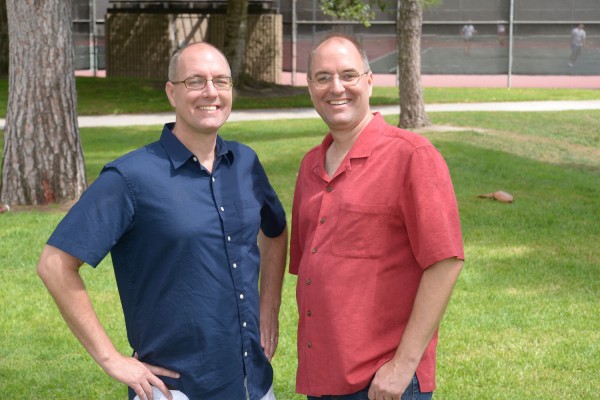
Q. Can you tell us what it was like being drafted into Disney before you really could finish Calarts college? How long were you in college before you joined Walt Disney Feature Animation?
Coming from a single parent and poor family, Tom and I had barely any money for college. We literally had enough money for our freshman year at CalArts and then earned enough from working that summer to go for the first half of our sophomore year. That was it. But just as were almost out of money for school Disney came knocking looking for animation interns from all over the country to join in a nine week internship specifically looking for young talent to house the new Florida Animation Studio in Orlando. It was an exciting time and an awesome opportunity for Tom and I. We worked day and night on our portfolios and made the most of our interview with Bill Matthews from Disney. We were the only sophomores accepted into the internship (the rest were upper classmen) and we were ecstatic! So, just as our funds ran out we started working for Disney after only a year and a half at the school. We were two of the first 20 employees hired at the brand new Disney Florida Animation Studio. We were led and mentored by a few seasoned professionals such as Mark Henn, Barry Cook, and Barry Temple who were all shipped over to Florida via the Burbank studio. But for the most part, the studio was staffed fresh faces like Tom and I. Students from all of the top colleges and Universities were thrown together and, under the mentor’s direction, given scenes to in-between, clean-up, and paint. It was trial by fire but truly the best education and we were getting PAID for it! I do wish that I could have completed my degree at CalArts but really had the best on-the-job education possible.
There were some struggles having not finished my CalArts education though. It did not come easy for me. I remember one of the first scenes given to me to animate by the director’s of The Rescuers Down Under. It was a close-up dialogue scene! I was petrified! I ran back to my mentor’s, Will Finn’s office and showed him scene I just received of Frank, the Frilled-Necked Lizard yelling “Wood! Yeah, wood!” to his animal friends who were all trying to find something to get them out of their cages they were imprisoned in. I confessed to him that I left CalArts before the semester where we were going to cover dialogue animation and I had no clue what to do! He laughed and spent some time taking me through how to work with an exposure sheet to read the dialogue and the types of mouth shapes I would need to hit in my drawings and keys. Thanks to Will the directors never realized I had never animated lip sync before and approved that scene into the picture.
Q. When you started at Disney which artists mentored you?
I was fortunate to work under two great animators in my early career at Disney. They were Mark Henn and Will Finn.
I worked under Mark Henn as a clean-up lead on the film Roller Coaster Rabbit and the first half of the feature The Rescuers Down Under. Watching him work and showing him tests that I would animate late at night was a true inspiration for me. He will always be the fastest and best animator I have ever known!
As I began to animate I was again fortunate to be placed under the supervising animator Will Finn. Will was always cast doing comedy characters and he was a master at them. I felt like I was learning under Ward Kimball because of Will’s admiration of Ward which rubbed off on me. I say he was generous because he not only gave me so much of his time to share the secrets of staggers and the mysteries of dialogue but he also had control over the casting of the scenes he was given by the directors. Because of that I had opportunities that were unique to most beginning animators like close-up dialogue scenes or full sequences of continuity. I worked under Will on The Rescuers Down Under (Frank the frilled-necked Lizard), Beauty and the Beast (Cogsworth), and Aladdin (Iago). It was because he gave me many good scenes to animate that I had a strong portfolio of work to show to the directors of The Lion King and get promoted to Supervising Animator of Pumbaa. Thank you Will Finn!
Q. What is the process of creating memorable characters for a feature? For instance can you tell us the process of designing and animating Pumbaa for The Lion King?
That’s a big question but the simple answer is to fully invest yourself in that character. I start with a lot of research. Just as a live action actor must get to know his part so should the animator. I speak to the director(s) about who they see the character to be, how he feels, what they see his overall arc being and so on. Then I like know all of the history of how that character came to be. That’s where you always find the back story of the character that may not be obvious in the animatic or script. If it is an animal character such as Pumbaa then much time should be taken to research what the real animal looks and moves like. For The Lion King the animators spent months going to zoos and studying video reference of animals to really dig in deep. Then it is a bit of time and R&D to figure out how much to caricature the movement and anatomy of the creature. What is the animation style of the film? What are the personality traits that I share with the character and what are the ones I don’t?
Q. Would you consider being a supervising animator a pathway into directing? How does being responsible for directing the acting of a main character prepare you for directing animated feature films? Do you think it is similar to the approaches that well known actors/directors such as Clint Eastwood or Woody Allen use?
Historically, there are many paths to directing. In the animation industry there has been a variety of examples. Some have come from storyboarding, some from animation, some from effects animation, and even a few from script writing into directing. It think the most common pathway has been from story into directing. That makes the most sense as a good director has to have a strong understanding of story. But I came up through the animation ranks as many have before me also. I think that coming up through animation helps because I have an understanding of character and finding the small moments in a scene. It is important to see the “big picture” too and that can be hard for an animator because he mostly concentrates on one scene at a time. Overall, it doesn’t matter too much where you came from as long as you can prove yourself a good organizer who can manage a creative crew and understands story structure. Story is the most important skill set to have.
Q. What are some things we might learn in your new book “Directing for Animation: Everything You Didn’t Learn in Art School”?
The reason I subtitled it “Everything You Didn’t Learn in Art School” is because when I became a first time director at the age of 27 on the Disney film Mulan, I felt so ill prepared. My education in school never even got close to tapping into what a director in animation did or the skill sets needed. Even working at Disney gave me little in the basic knowledge needed to lead a creative crew, dealing with executive input, working with budgets and schedules, etc. all while trying to maintain a unique creative vision. I wanted this book to be a help in teaching the basic tools needed to be a director in animation as I learned about it the hard way. It is filled with anecdotes from my past of mistakes and successes and includes interviews with other top directors who share their stories and thoughts on directing too.
Q. As a director, what filmakers influenced your style and look when approaching a project? What films do you respect that have beautiful direction?
I have had many directorial mentors in my career. Most notably has been Rob Minkoff (Lion King and Stuart Little), Ron Clements, and John Musker (Aladdin, Treasure Planet, Princess and the Frog). I have worked closely on multiple productions with Minkoff throughout his career and have studied how he directs and works with others. It has been a true inspiration. I know Ron and John from being directed by them on Aladdin and they are truly the definition of professionalism. They are so collaborative and giving to their crew that they have become the most successful and popular directors in the industry. I learned so much from their “no stress” atmosphere they harbored on their productions.
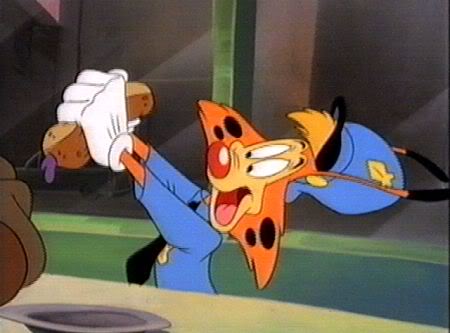
Q. You animated on Bonkers, the television show, for 1 episode, what was it like animating for TV compared with an animated feature film?
Wow, I am surprised you found this little tidbit from my past! Well, I did have a credit on the TV show but I only remember animating a couple of things for reference. Tad Stone the Producer asked me to do a few walk cycles of a few of the characters. I did it as freelance while I was working on Aladdin during the day I believe.
Q. What is the best approach to directing voice talent? How do you know or find the right voice for the character, and can you tell us the approach you use in casting a film like Mulan?
I talk a lot about this in my book actually. I don’t want to give it all away but I have learned a lot about how to work with actors and get the best voice performance out of them. It mostly has to do with understanding what the talent’s needs are. I’m not just talking about what they like to snack on but more importantly, communicating what they need to understand and create the character in your film.
Q. What are your goals for the future? Do you intend to continue working as an animation director? Anything you can tell our readers about what you are currently working on?
Yes! I want to keep creating animated features as a director for as long as I can. I am currently directing a CG animated feature for RGH Animation called High in the Clouds. This film is a special opportunity because it has some fun characters and music all based on a children’s book by Paul McCartney. So, not only am I doing what I love to do, create animation, but I am doing it with an idol of mine too. It’s a great gig and I hope this film will come to a theatre near you in mid/late 2016.
Q. Are you going to be having any book signings or appearances?
Yes! I enjoy talking about my work and book that I have just released. I just went to CTN Animation Expo this last year and released my book Directing for Animation by FocalPress and it was a HUGE success! I was happy to see that so many people were interested in the subject and mystery of directing in animation. I sold out of all the books I brought in two days! I have been invited to speak with my brother at SCAD in Georgia this February and in the Philippines this summer. I will be talking about my career and the book at both, I’m sure. I hope people will come and see me. I will post more about my up coming events the Facebook page I share with my brother called “The Bancroft Brothers”. Please “like” us!
http://www.facebook.com/thebancroftbros
Q. Lastly, what about Traditional Animation is Special to you?
I love the intuitive nature of hand drawn animation. It is a personal connection I have with my charters when I flip the pages in my hands. I “feel” the movement right then and it sucks me into the moment. I have always thought that hand drawn traditional animation does something that can’t be imitated in any other form. It boils down to my feeling that there is a charm and appeal that can’t be beat about a funny drawing. And so, even though I will probably finish my career mostly directing and supervising CG animation, I will always love the traditional hand-drawn form of animation best.
Thanks, Tony!
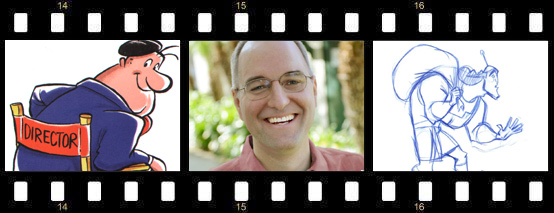
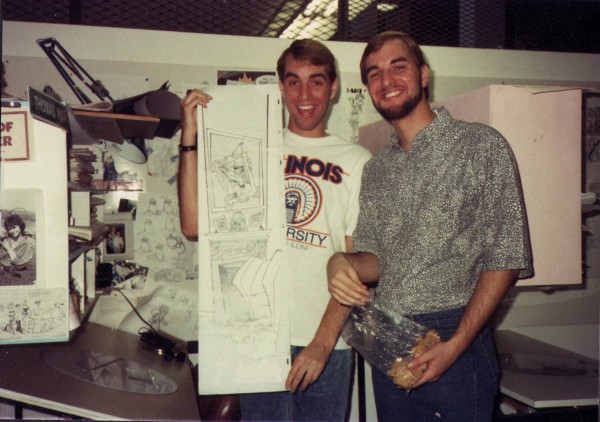
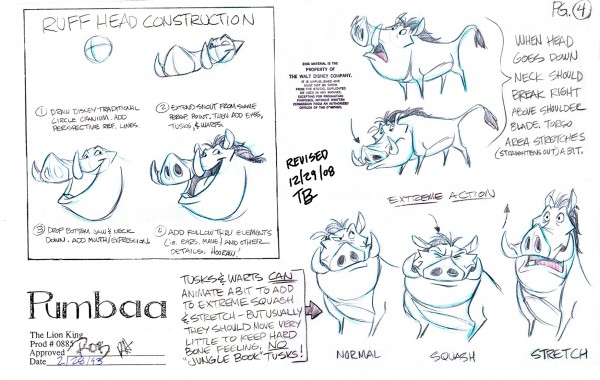
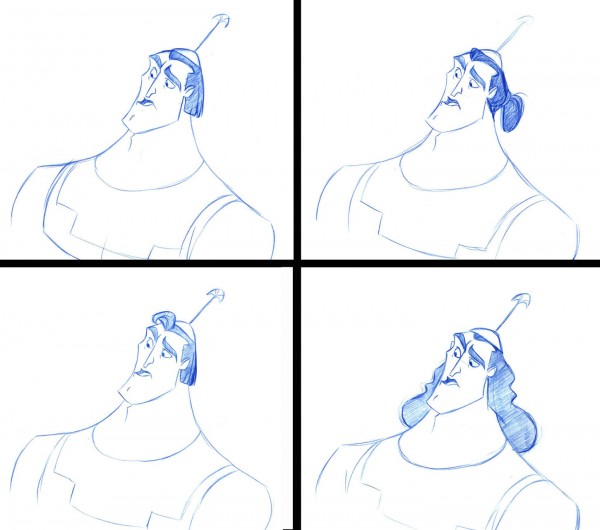
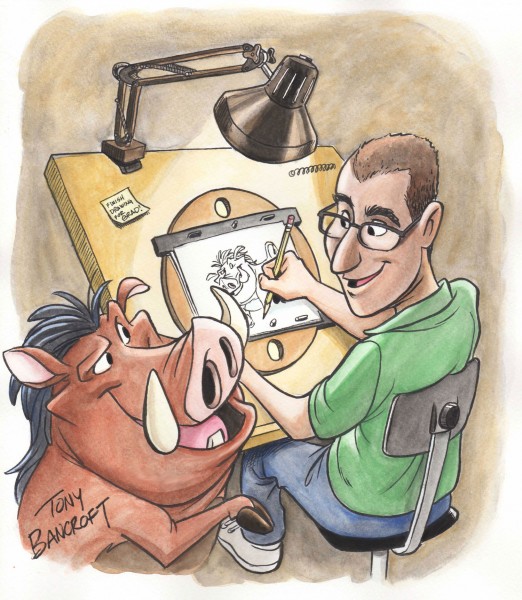
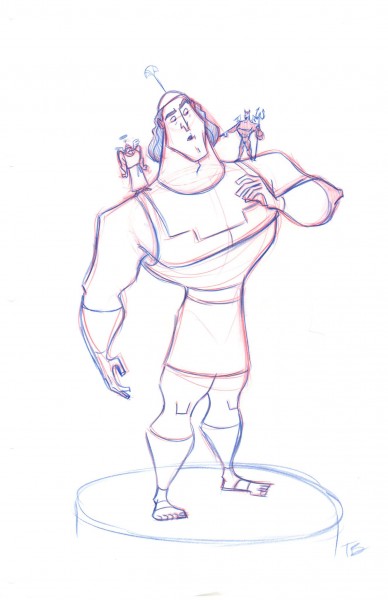
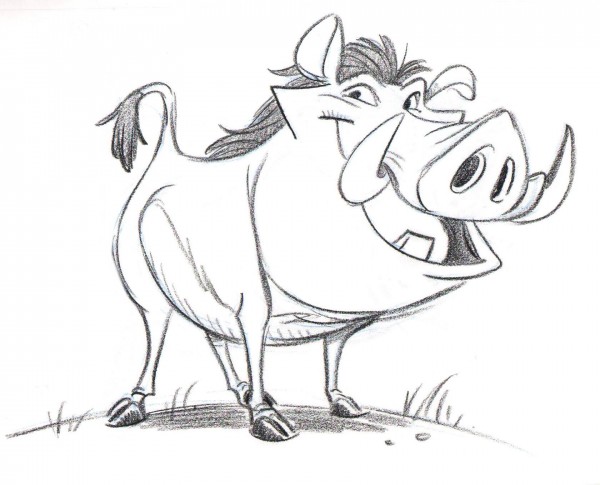
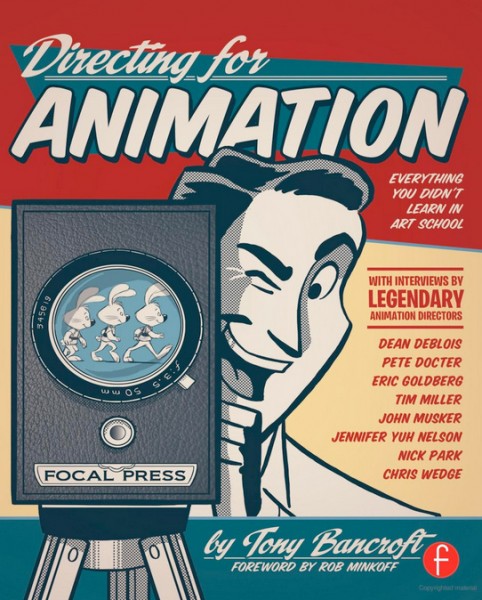
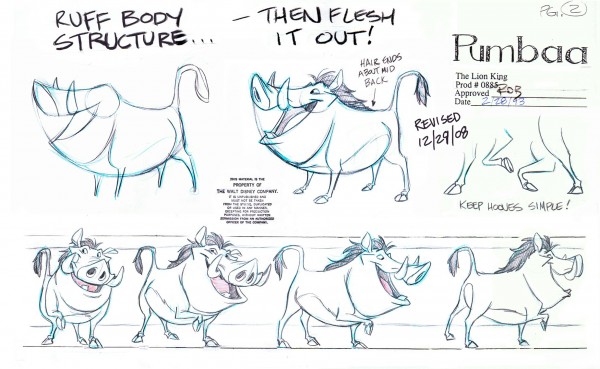
8 Comments
awesome interview from an awesome director 🙂
Awesome!
Nice advice here. I really learn many thing from here. These will help me because I am also a animated film a maker. I like to make short animated films. You are most welcome to me to make a short animation films. Thanks audience.
short animated video
Seriously, what is wrong with some of these old 2D artists now? If they care about 2D animation so much, then don’t do CGI, because that’s what’s killing off 2D movies. Don’t help these studios do that. STAND UP FOR 2D! CGI today should be an enemy to all 2D artists.
I strongly disagree. Both mediums can and should coexist.
This “CG vs traditional” BS needs to stop if either medium is going to move forward. It’s shouldn’t be a competition.
Except that all the studios like to treat CGI as if it’s better than 2D, and if they won’t allow the two to co-exist anymore, then CGI is just some obstacle threatening to take the place of 2D animation.
You are a true master in your field and an inspiration to my son, who is talented in his own right.
Nice advice here.